Steaming sea snails, also known as conch or whelk, is a culinary practice that bridges tradition and precision. These marine mollusks, prized for their briny sweetness and chewy texture, require careful cooking to achieve the ideal balance of tenderness and flavor. One of the most common questions among home cooks and seafood enthusiasts is: How long does it take to steam sea snails to perfection? This article delves into the science, techniques, and cultural insights behind steaming sea snails, offering a comprehensive guide to mastering this delicate process.
The Anatomy of a Sea Snail: Why Timing Matters
Sea snails, such as the channeled whelk (Busycotypus canaliculatus) or the knobbed whelk (Busycon carica), inhabit coastal waters and are harvested for their meat. Their thick, spiral shells protect a muscular foot, which is the edible portion. The density of this muscle, combined with the shell’s insulating properties, makes cooking time a critical factor. Overcooking results in rubbery, tough meat, while undercooking leaves it raw and chewy.
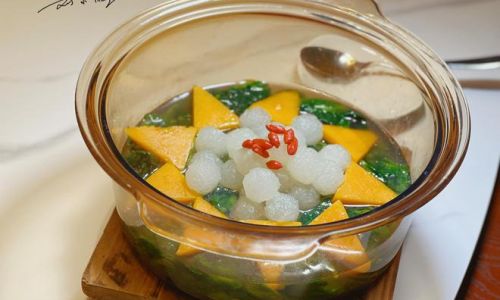
The size of the snail is the primary determinant of steaming time. Smaller specimens (3–5 inches in shell length) may cook in 10–15 minutes, while larger varieties (6–8 inches) require 18–25 minutes. However, variables like shell thickness, freshness, and steaming equipment also influence outcomes.
Preparing Sea Snails for Steaming
Before steaming, sea snails must be properly cleaned to remove sand, debris, and mucus. Here’s a step-by-step preparation guide:
- Purge the Snails: Soak live snails in saltwater (1/3 cup salt per gallon of water) for 2–4 hours. This encourages them to expel sand and grit.
- Scrub the Shells: Use a stiff brush to scrub the exterior, removing algae or barnacles.
- Boil Briefly (Optional): Some chefs parboil snails for 2–3 minutes to loosen the meat from the shell. This step is optional but can reduce steaming time.
- Season the Steaming Liquid: Enhance flavor by adding aromatics like ginger, garlic, lemongrass, or sake to the steaming water.
The Steaming Process: Equipment and Technique
Steaming requires minimal equipment but demands attention to detail.
- Equipment: Use a large pot with a steamer basket or bamboo steamer. Ensure the basket sits above the water to prevent boiling the snails.
- Water Level: Fill the pot with 1–2 inches of water. Too much water may boil over; too little could evaporate before cooking completes.
- Heat Control: Bring water to a rolling boil before adding the snails, then reduce heat to maintain a steady simmer.
Factors Influencing Steaming Time
- Size and Species: Larger snails take longer. For example, a 6-inch channeled whelk may need 20 minutes, while a 4-inch moon snail (Euspira heros) cooks in 12–15 minutes.
- Shell Thickness: Thick-shelled species like the queen conch (Eustrombus gigas) require longer steaming.
- Altitude: At high elevations, water boils at lower temperatures, extending cooking time by 2–5 minutes.
- Freshness: Fresh snails cook faster than frozen ones, which may need an additional 3–5 minutes.
How to Test for Doneness
- Visual Cues: The shell should open slightly during steaming. If it remains tightly shut, the snail is likely undercooked.
- Texture Test: Remove a snail and try to pierce the meat with a fork or toothpick. It should yield easily without resistance.
- Temperature Check: Insert an instant-read thermometer into the thickest part of the meat. The internal temperature should reach 145°F (63°C).
Common Mistakes to Avoid
- Overcrowding the Steamer: Overlapping snails creates uneven heat distribution. Cook in batches if necessary.
- Opening the Lid Too Often: Each time you check, heat escapes, increasing cooking time.
- Ignoring Freshness: Dead snails release toxins; only cook live, responsive specimens.
Cultural Variations in Steaming Techniques
Steaming sea snails is a global practice, with regional adaptations:
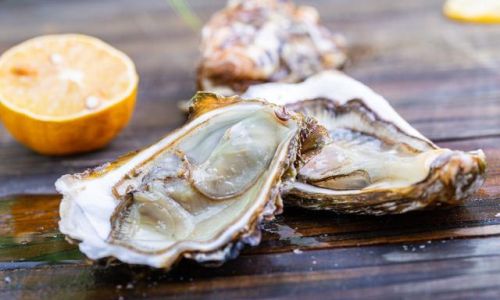
- East Asia: In Chinese cuisine, steamed conch is often served with black bean sauce or ginger-scallion oil.
- Mediterranean: Greek and Italian recipes pair steamed snails with oregano, lemon, and olive oil.
- Caribbean: Jerk-spiced conch is a Jamaican favorite, often steamed in banana leaves.
Beyond Steaming: Alternative Cooking Methods
While steaming preserves natural flavors, other techniques offer unique textures:
- Boiling: Quick but risks overcooking; use for soups or stews.
- Grilling: Adds smokiness; parboil first to prevent charring.
- Sautéing: Toss in garlic butter post-steaming for a crispy finish.
Nutritional Benefits of Sea Snails
Sea snails are low in fat and high in protein, making them a healthy seafood choice. They also provide:
- Omega-3 Fatty Acids: Essential for heart and brain health.
- Iron and Zinc: Vital for immune function and metabolism.
- Vitamin B12: Supports nerve health and red blood cell production.
Serving Suggestions and Pairings
Steamed sea snails shine in diverse dishes:
- Appetizers: Serve with chili-lime dipping sauce or cocktail sauce.
- Salads: Toss with arugula, cherry tomatoes, and balsamic glaze.
- Pastas: Combine with linguine, garlic, and white wine.
Sustainability and Ethical Sourcing
Overharvesting threatens some sea snail populations. Opt for farmed or responsibly harvested varieties. Look for certifications like the Marine Stewardship Council (MSC) label.
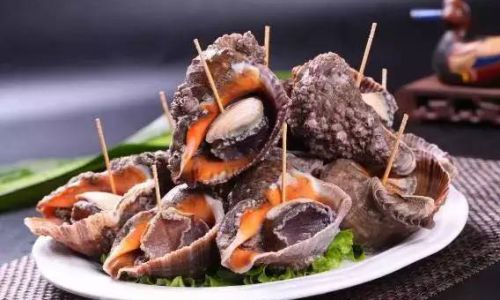
Conclusion: The Pursuit of Perfection
Steaming sea snails is an exercise in patience and precision. While guidelines suggest 15–25 minutes for most varieties, the true test lies in understanding your ingredients and equipment. Experimentation is key—adjust times based on snail size, altitude, and personal preference. Whether enjoyed in a rustic coastal shack or an elegant restaurant, perfectly steamed sea snails reward the diligent cook with a taste of the ocean’s bounty.
By respecting the delicate balance of time, heat, and tradition, you elevate this humble mollusk into a culinary masterpiece. So next time you steam a batch of sea snails, remember: the difference between tough and tender lies not just in minutes, but in the art of observation and adaptation.
Word Count: 1,620
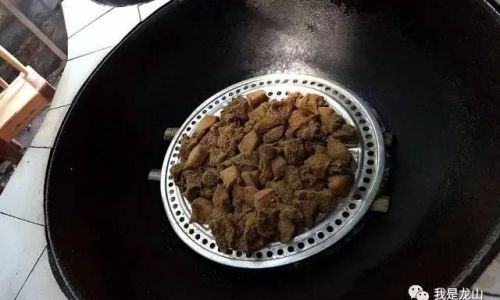
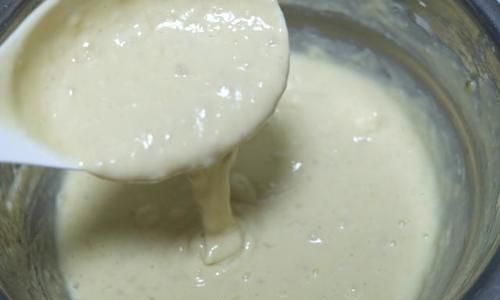
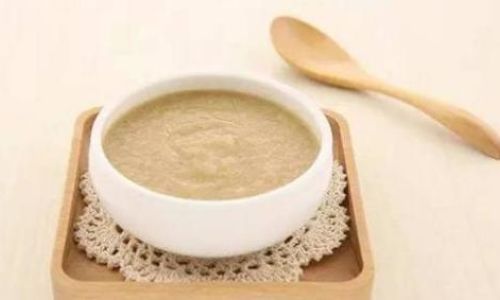
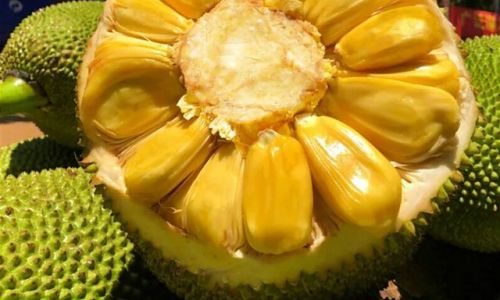
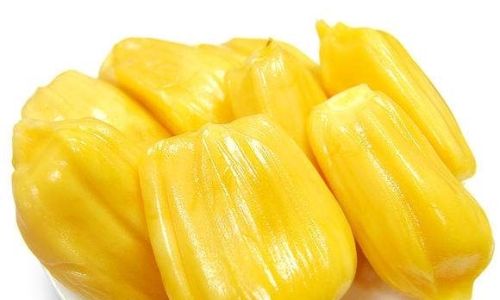
0 comments